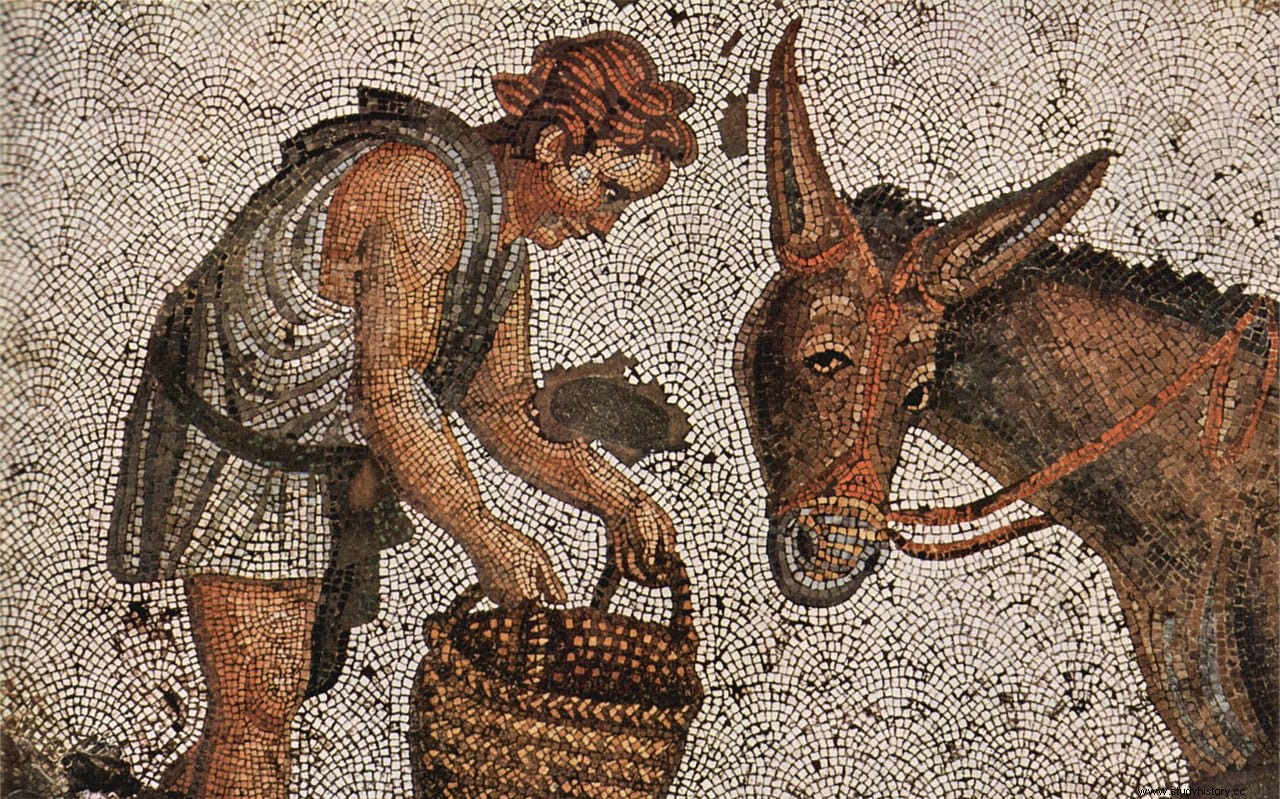Before the Romans drove mules north across the Alps in the first century, horses were the only riding animals used by the peoples of the area. This is revealed by the genetic analyzes carried out by a research group from the ArchaeoBioCenter of the LMU (Ludwig-Maximilians University of Munich), the State Collection of Paleoanatomy of Munich and the University of Vienna.
Until the end of the Iron Age, in the 1st century BC, the peoples of the Celtic settlements in the northern Alpine foothills bred exclusively horses. Highly prized by the Celts as animals for the elite , horses were mainly used for military operations.
When the Romans entered the northern regions of the Alps at the end of the 1st century BC. and they settled there, they took mules from the Mediterranean area. Mules were prized by the military as pack and work animals. The Romans valued these horse-donkey hybrids primarily for their strength, endurance, and safety in mountainous terrain. Also, mules can survive on lower value feed and are more resistant to disease than horses and donkeys.

Until now, the beginning of the economic and military importance of mules for the peoples of the settlement regions north of the Alps was full of uncertainties. Even for experts it is difficult to distinguish the archaeological remains of equids -that is, horses, donkeys and their hybrids, mules and hinnies-. Most of the skeletal parts of animals in this family are too similar.
A team of researchers from the Chairs of Palaeoanatomy, Domestication Research and Veterinary History at the LMU, the University of Vienna and the Munich State Collection of Palaeoanatomy have now investigated the ancient DNA of more than 400 equids from one Celtic settlement, and seven settlements in the northern provinces of the Roman Empire, present-day southern Germany, eastern Switzerland, and Austria.
The researchers compared the genetic analyzes with the results of traditional species identification methods:analyzes of the morphology, shape and size of the mandibular teeth and of certain bones. Remains of mules were only found in Roman settlements. Furthermore, investigations revealed that mules can be identified not only from their ancient DNA, but also through the characteristics of their premolar teeth in particular.
However, confident identification of horse-donkey hybrids depends on access to extensive reference collections of equid skeletons, so that researchers can compare them with archaeological finds , explains Joris Peters, director of the Munich State Collection for Paleoanatomy and Professor of Paleoanatomy at LMU. DNA is not always well enough preserved in archaeological material to be able to identify animals with certainty. For this reason, the creation of complete natural history collections is also essential for the investigation of the cultures of the past .
